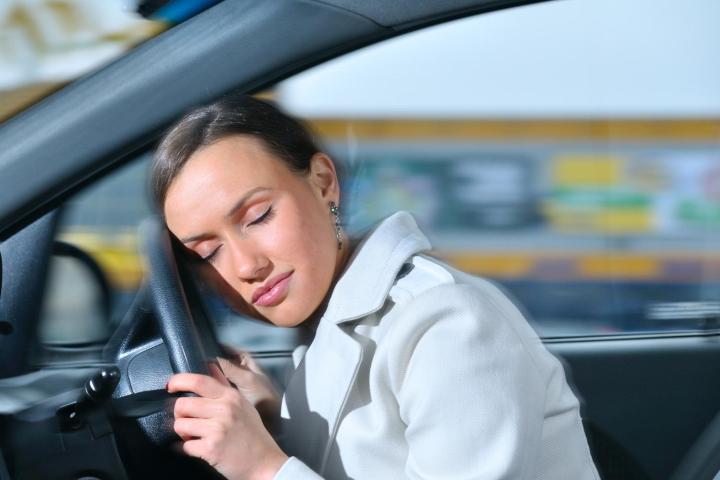
We’ve all been there: You’ve got a long road trip to tackle and you gotta get an early start. A vast stretch of highway as straight-tipped as an Eagle Scout awaits you. You’ve come prepared with a giant mug of coffee, a few energy bars and a great soundtrack to keep you jazzed and awake. But the ever-so persistent grasp of sleepiness inevitably catches up with you. Your feel as if 50 pound weights were taped to your eyelids, and your neck begins to bob and sway like a dashboard hula dancer.
At that point, you make the intelligent move to veer to the side of the road and rest. Disaster averted. Right? Not for a driver in New Zealand.
According to The New Zealand Herald via Yahoo News, a woman drove 300 kilometers (about 186 miles) while fast asleep.
While that’s impressive in its own right, the woman also somehow managed to send her friend text messages along the way while sleep-driving. We suppose her candidacy for Driver of the Year would have been a lock if she also thrown back a couple of cold ones and did her makeup, too.
As it turns out though, the woman had a sleeping disorder and decided to take sleeping pills before her drive, which always seems like the right choice before any drive. While her medication was not identified, there have been reports in the past of people sleep-driving after taking Ambien.
Apparently, New Zealand police were alerted to the issue shortly after midnight by a friend of the woman who had received incoherent text messages from her.
The woman was eventually found by her cousin happily snoring away while slumped over the wheel of the car outside her former residence. Police say after they woke her up, the woman said she had no memory of the incident. Neither the driving nor the texting could be recalled. Thankfully, and somewhat miraculously, nobody was hurt. There was no word on if the car was damaged in any way during the somnambulant escapades.
The woman has yet to be fined or charged with anything but police have banned her from driving until they can obtain medical confirmation concerning her condition and determine whether or not she should drive.
We’re gonna go with our gut on this one and say she should probably ride in the passenger seat until things get sorted out.


